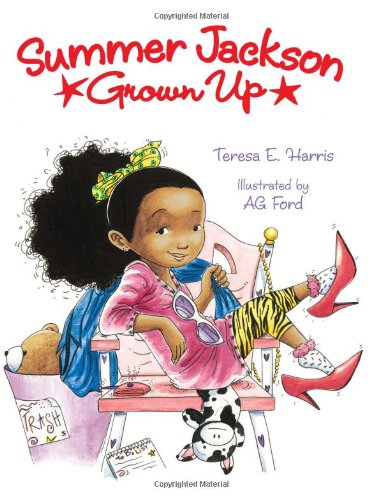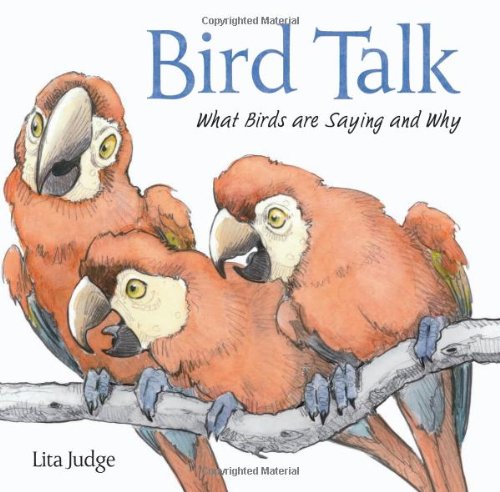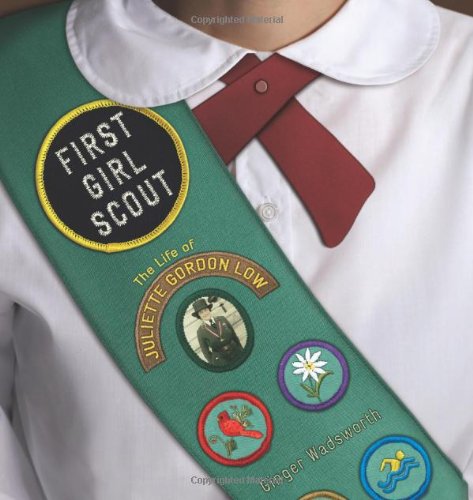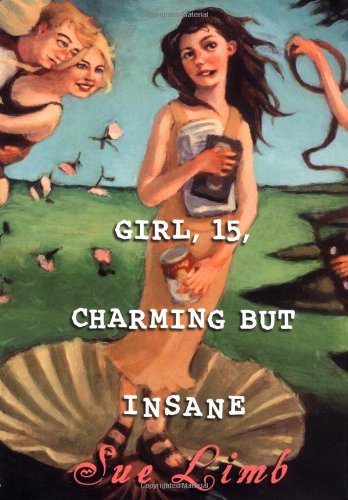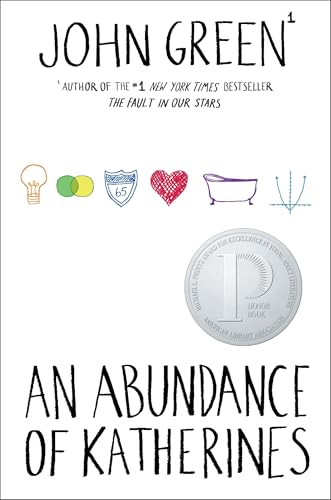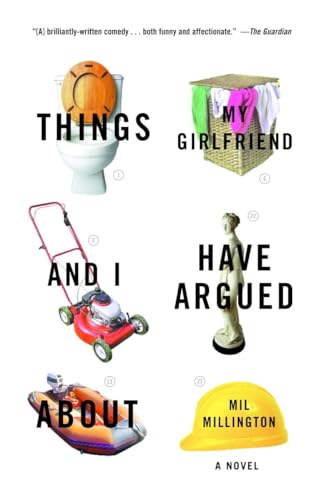A What Happens on Wednesdays, Stays on Wednesdays edition to continue
last week's post.
We spent five days learning the elevator. This is frustrating nature of what a stroke can do. My mom can call Medicare and discuss her benefits, but can't remember which button to push in a hotel elevator. She stays calm while bolted to a machine that beams radiation into her brain, but gets flustered when asked if she wants the combo meal at the downstairs cafe.
My week with her was supposed to establish routines so she could manage a daily schedule, but it wasn't enough to overcome the cognitive deficits that the stroke caused two years ago. She is fine at home with her own schedules, activities, routes, and interactions. However, in a completely different environment, in a highly charged, stressful situation, incorporating new things is extremely difficult. Even things as simple as the elevator.
My brother is there this week, while I work a full time schedule to make up for my time off last week. I am grateful for the arrangement given that I didn't have any sick leave to use at my new job, but I'm also exhausted. Not from work itself, but from being the point person for all of this at the same time. Mom already had a fall on Monday that involved the hotel managers, the doctors at Johns Hopkins, and a dentist today. She can't be on her own - not because of the treatment itself, but because her anxiety and the stroke are working against her.
Now we're looking at a home health aide for the transportation to radiation therapy, and I'm saying room lockdown for her when someone else isn't there. She's going to love that phrasing, though her recent fall might make it an easier sell. It's also possible that I'll miss my week in New York while the rest of my family goes to get Erin to her Broadway program. Given that it's my one week of actual vacation that isn't also an obligation to someone else, in a city I love, helping my daughter with our mutual passion for music and theatre... I'm finding that plan hard to take.
Also my daughters are in a summer arts program that requires transportation every day that often conflicts with the work schedule I didn't know I was going to have at the time they signed up for the school. And Erin has rehearsals for her musical most weeknights, which is another drive. Oh, and just to clinch it, my hamster is dying - really slowly, a little weaker each day. Which is a little bit how I feel now.
All right, that was pure venting. Sorry. But it felt good to get it out. If I could, I'd toast now to "things getting better," for the sentiment and also so I could drink to it. Repeatedly.
Links to material on Amazon.com contained within this post may be affiliate links for the Amazon Associates program, for which this site may receive a referral fee.
 Excerpts of letters, poems, quotes, and literature from the original period capture the feel of the times, while the clear text summarizes and clarifies the historical elements. Lots of period artwork gives readers a view into the styles, homes, and faces of the important figures. This particular book in the series Life in Elizabethan England breaks down chapters on Elizabeth I, Homes, Courtiers, Ladies, Children, Celebrations, and War/Intrigue. While the title includes a glossary, further reading, bibliography, sources and online information, one thing it was missing is a map. An annoying omission, especially as it would have fit in perfectly in the section "Neighbors, Allies and Enemies" which talks about nearby countries, but features a portrait instead of the oblivious and more helpful map. Overall though, a great book for students of the period, no matter their age.
Excerpts of letters, poems, quotes, and literature from the original period capture the feel of the times, while the clear text summarizes and clarifies the historical elements. Lots of period artwork gives readers a view into the styles, homes, and faces of the important figures. This particular book in the series Life in Elizabethan England breaks down chapters on Elizabeth I, Homes, Courtiers, Ladies, Children, Celebrations, and War/Intrigue. While the title includes a glossary, further reading, bibliography, sources and online information, one thing it was missing is a map. An annoying omission, especially as it would have fit in perfectly in the section "Neighbors, Allies and Enemies" which talks about nearby countries, but features a portrait instead of the oblivious and more helpful map. Overall though, a great book for students of the period, no matter their age. 


